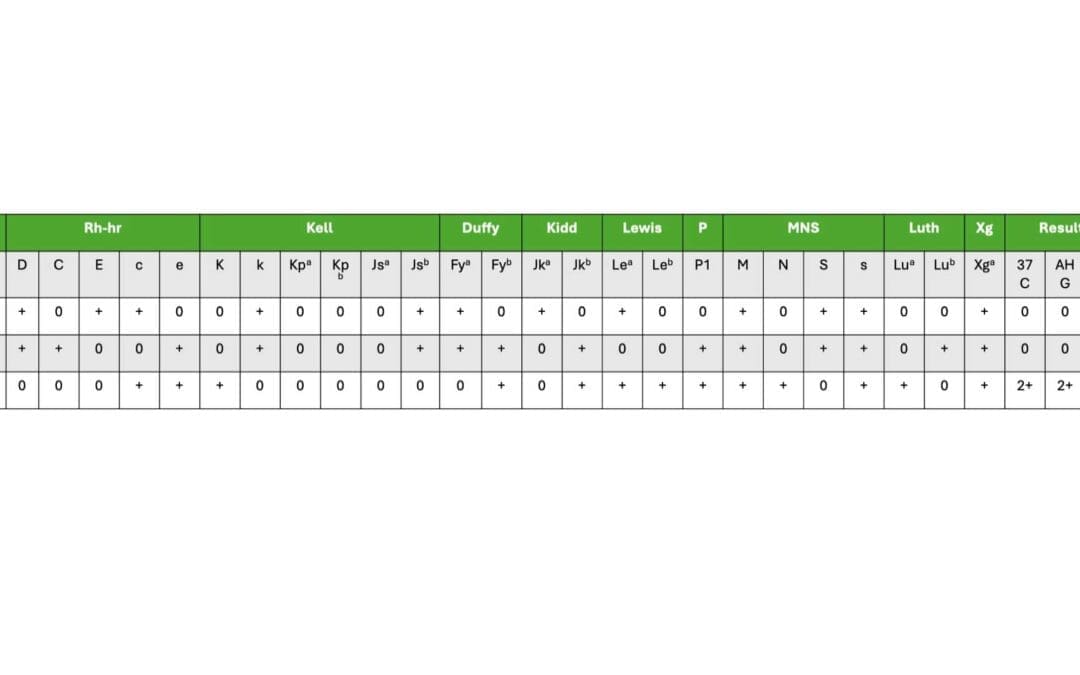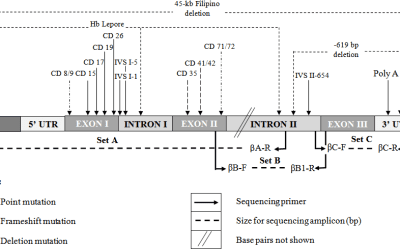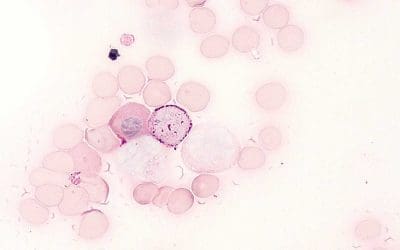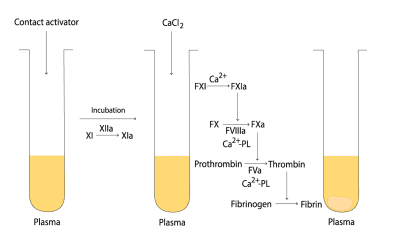Blood cells stained with fluorescent antibodies reveal hidden markers, like a cellular fingerprint. Flow cytometry analyzes millions of cells, painting a detailed picture of immune health, disease clues, and treatment insights.
Hematopoietic cell surface markers
Surface markers, also known as clusters of differentiation (CDs), act like identifying badges for different types of white blood cells.
Agarose Gel Electrophoresis Preparation for PCR
Agarose gel electrophoresis: where we separate and visualize amplified DNA fragments.

Antibody Screening
Antibody screening mixes patient plasma with red blood cells to detect unexpected antibodies. Agglutination indicates possible antibodies, requiring further identification for safe blood transfusions

JAK2 V617F Mutation ARMS PCR Protocol
Uncover the JAK2 V617F mutation, a key driver in Myeloproliferative Neoplasms (MPNs). Learn ARMS PCR, a reliable technique for diagnosis!



JAK2 V617F Mutation ARMS PCR Protocol
Uncover the JAK2 V617F mutation, a key driver in Myeloproliferative Neoplasms (MPNs). Learn ARMS PCR, a reliable technique for diagnosis!
High Performance Liquid Chromatography (HPLC) for Identification of Hemoglobin Subtypes
HPLC for hemoglobin subtype identification separates and quantifies different hemoglobin variants based on their unique chromatographic properties.
Glucose-6-Phosphate Dehydrogenase (G6PD) Fluorescent Spot Test
The G6PD fluorescent spot test is a rapid and simple screening method for G6PD deficiency that utilizes the enzyme’s ability to reduce NADP+ to NADPH.
Conventional PCR Protocol for Downstream Sequencing in Beta Thalassemia Diagnosis
The beta globin gene PCR protocol for sequencing involves amplifying the beta globin gene using specific primers, followed by Sanger sequencing to determine the DNA sequence.
Leukocyte/Neutrophil Alkaline Phosphatase (LAP/NAP) Stain
The NAP stain is used to differentiate between granulocytes and agranulocytes based on their naphthol AS-D chloroacetate esterase (NASD-CE) enzyme activity.
Periodic Acid Schiff (PAS) stain
PAS stain is a histochemical technique that utilizes periodic acid-Schiff (PAS) reagent to detect and visualize carbohydrate-rich structures in cells and tissues, such as glycogen, glycoproteins, and mucins.
Activated Partial Thromboplastin Time (aPTT) Blood Test
The APTT assay measures how long it takes for a blood clot to form by measuring the amount of time it takes for fibrinogen to be converted to fibrin.







